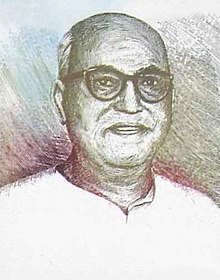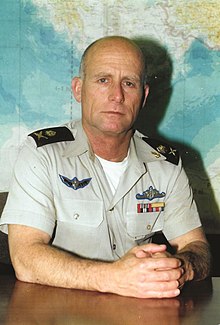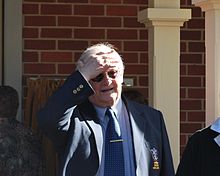S. Nijalingappa
Birthday December 10, 1902
Birth Sign Sagittarius
Birthplace Halavagalu, Madras Presidency, British India (now in Vijayanagara district, Karnataka, India)
DEATH DATE 2000-8-8, Chitradurga, Karnataka, India (97 years old)
Nationality India
#63983 Most Popular














